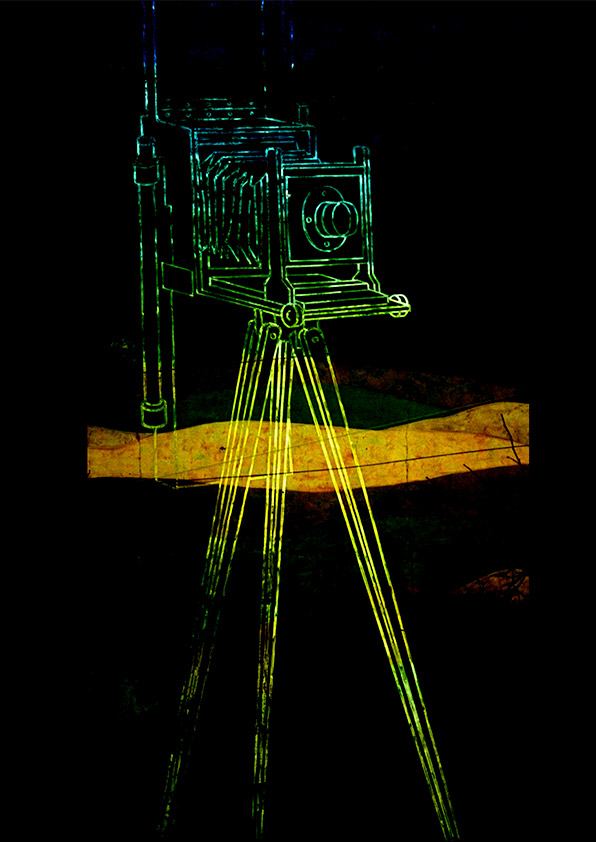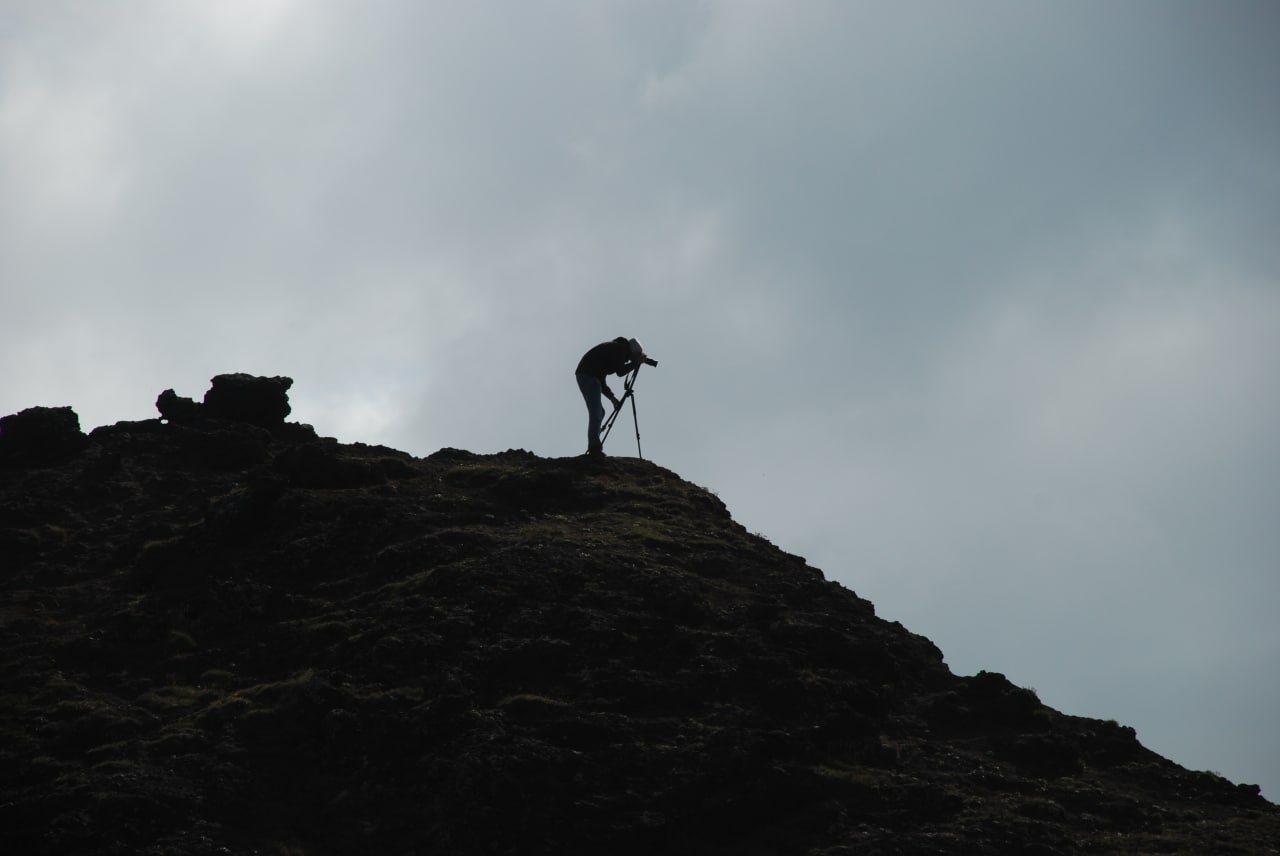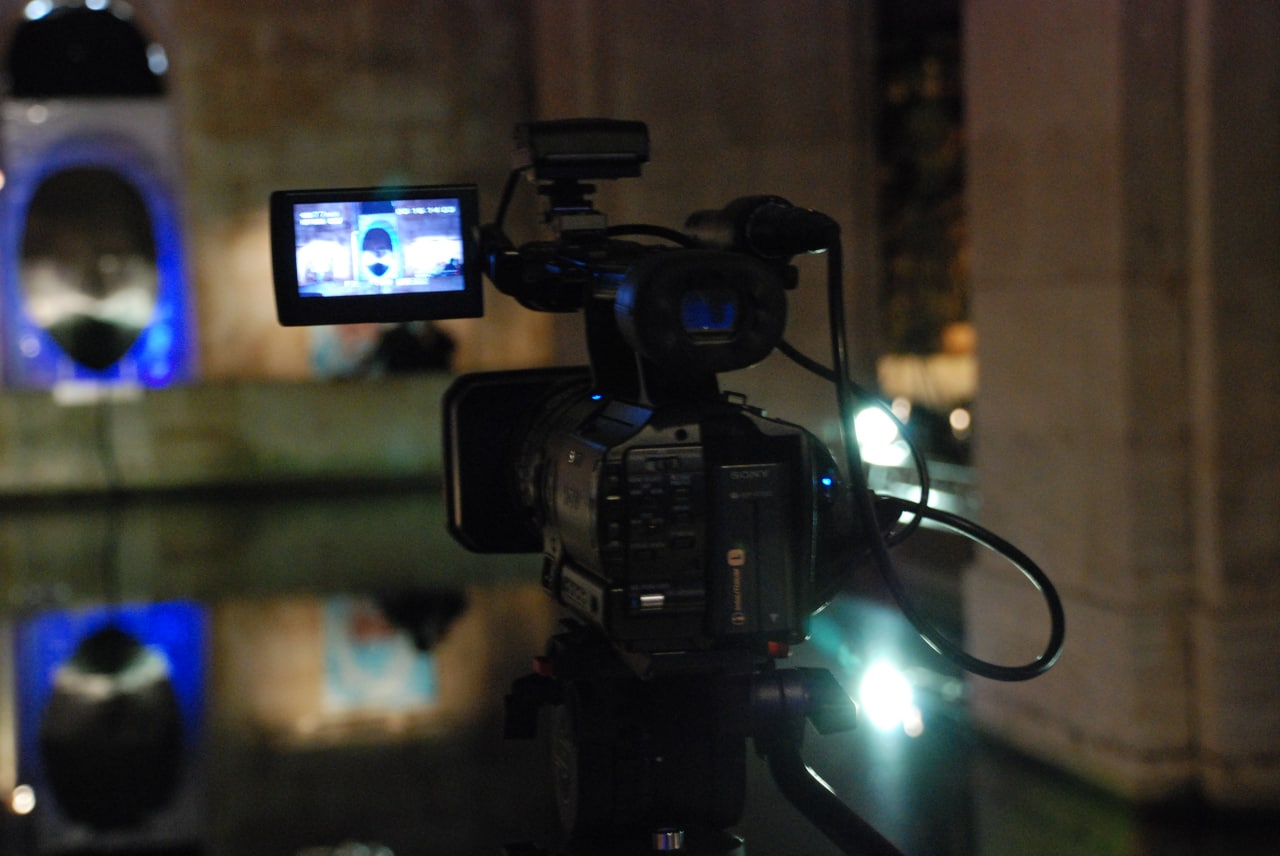
How do we build peace with images?
How can peace be visualized and how can visual images contribute to peace – in other words, How do we build peace with images?
Peace videography believes in the peace potentialities of visual images.
Peace videography explores how images may establish new ways of seeing peace and, ultimately, new politics of peace.
Peace videography suggests that images do not merely visualize pre-existing notions of peace; rather, images can be constitutive of peace.
Peace videography establishes visual tools in mediation and peace building.
Peace videography invites works of art on the subject of peace from visual artists so as to establish dialogue between researchers and image makers.
Peace videography suggests that images do not merely visualize and recycle established notions of peace; rather, images can be constitutive of peace: they can shape and change understandings of both peace – what is peace? – and referent objects – whose peace? As such, the project explores how images may establish new ways of seeing peace and, ultimately, new politics of peace.
Peace videography responds to the lack of engagements with visual representations of peace, peace processes and peaceful interaction in the social sciences. While the recent visual turn in the social sciences has led to a number of engagements with images of violence, work on the visualization of peace is few and far between.
Images showing peaceful interaction do, of course, exist. They are, however, seldom acknowledged as images of peace. In consequence, the peace potentialities of visual images are rarely appreciated.
It is, however, not easy to visualize peace in a non-trivial and thought-provoking manner. It is not easy to theorize such visualization, either. And it is even more difficult to visualize peace in a manner that has an impact on society, turning cultures of violence into cultures of peace.

Peace videography suggests that images do not merely visualize and recycle established notions of peace; rather, images can be constitutive of peace: they can shape and change understandings of both peace – what is peace? – and referent objects – whose peace? As such, the project explores how images may establish new ways of seeing peace and, ultimately, new politics of peace.
Meanings assigned to images are always context dependent, reflecting the political, social and cultural configurations within which such designations of meaning unfold.
Furthermore, many different understandings of peace compete with one another. The search for a universal peace image may, therefore, be in vain.
Analysis of the operation of images will reveal how images operate in specific cases, thus serving as a starting-point for theory building.
Furthermore, the term “peace” and its connotations have to be specified in light of the empirical and theoretical mission of a given project. Peace videography does so by focusing on mediation and/as peace building. We ask:
What do images mean in the context of mediation and peace building? How can mediation be visualized?
What do images do in the context of mediation and peace building? How can mediation benefit from visual images?
Peace videography develops a manual for peace builders to help them appreciate, use and capitalize on as well as interact and communicate with visual images in their daily work.

We understand videography as an umbrella term for everything that’s going on in contemporary visual culture and the visual arts regarding analogue and digital forms of production, dissemination and reception of images. This includes digitization, algorithms and social media as well as remediation and appropriations.
Essentially, we take digitization and its implications seriously and link the idea of videography to the most important trends in image-making and dissemination.
Digitization equals interaction. Digital images reflect interactive processes in the course of which individual authors are being replaced by networks. Individual, seemingly final images serve as starting-points for uncontrollable, potentially infinite processes of alteration and reconstitution. Thus, digital images are always in the process of becoming and audiences morph into image-makers.
In the digital society of image-makers, the single image does not exist anymore. This applies also to traditional images such as graffiti, drawings, etchings or paintings. After all, independent of the intentions of the producer, every image can be digitized thus becoming data, and even the most traditional image is part of visual culture and politics.
Peace videography explores the peace potentialities of images in the context of:
- the transformation of image into data
- the replacement of individual agents by networks
- the replacement of human beings by machines and the seeming increase in “objectivity”
- the acceleration of image making and image dissemination and the increase in the number of image makers
- the final image’s substitution by an endless process of alterations and appropriations, i.e. active user interaction leading to the end of “the final image” in theory and practice.
Ultimately, we aim at visual tools in mediation and peace building. We acknowledge the merits and liabilities of digitization but, generally, we believe in the peace potentialities of visual images.
